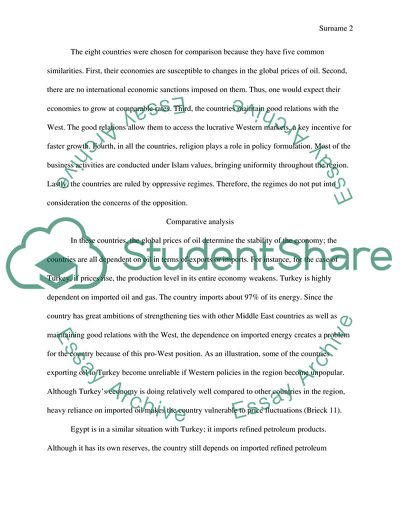Cite this document
(Economy And Growth And Its Effects On Unemployment Research Paper, n.d.)
Economy And Growth And Its Effects On Unemployment Research Paper. Retrieved from https://studentshare.org/macro-microeconomics/1851513-comparative-politics-analysis-projectlarge-n-quantitative-analysis
Economy And Growth And Its Effects On Unemployment Research Paper. Retrieved from https://studentshare.org/macro-microeconomics/1851513-comparative-politics-analysis-projectlarge-n-quantitative-analysis
(Economy And Growth And Its Effects On Unemployment Research Paper)
Economy And Growth And Its Effects On Unemployment Research Paper. https://studentshare.org/macro-microeconomics/1851513-comparative-politics-analysis-projectlarge-n-quantitative-analysis.
Economy And Growth And Its Effects On Unemployment Research Paper. https://studentshare.org/macro-microeconomics/1851513-comparative-politics-analysis-projectlarge-n-quantitative-analysis.
“Economy And Growth And Its Effects On Unemployment Research Paper”, n.d. https://studentshare.org/macro-microeconomics/1851513-comparative-politics-analysis-projectlarge-n-quantitative-analysis.


